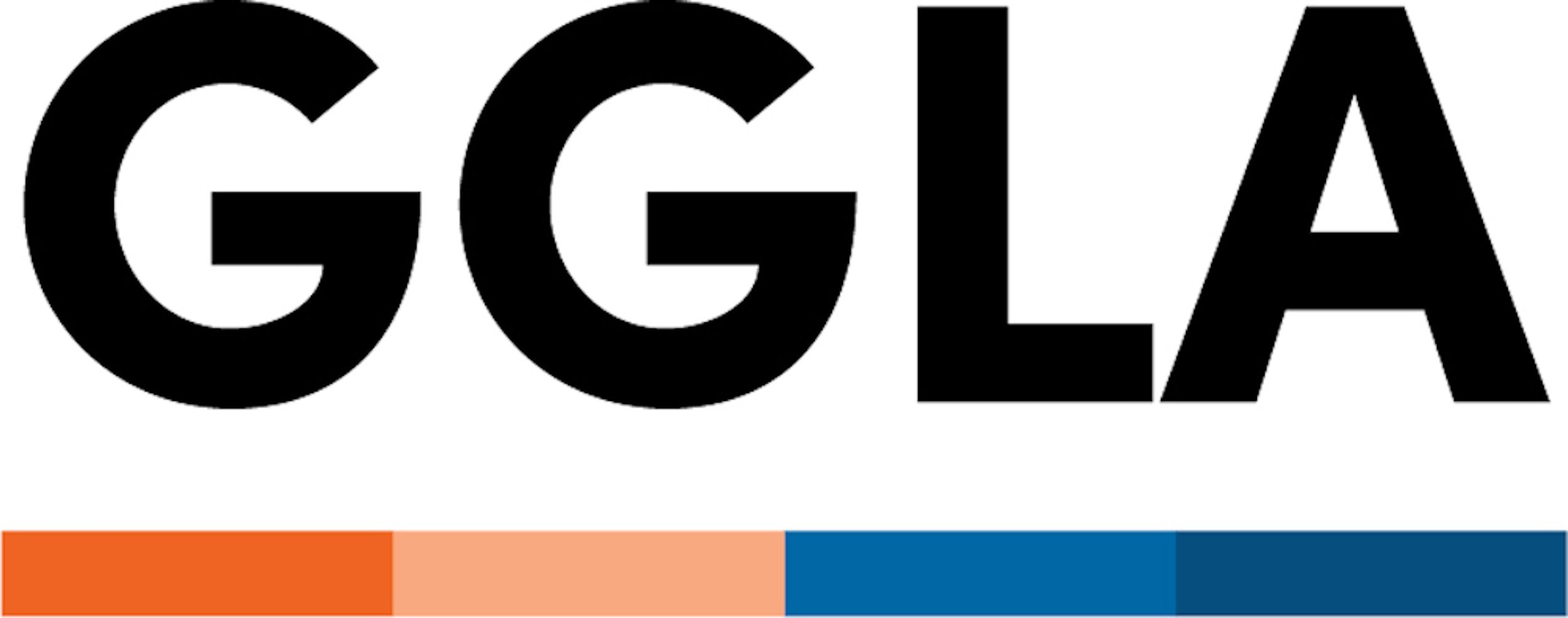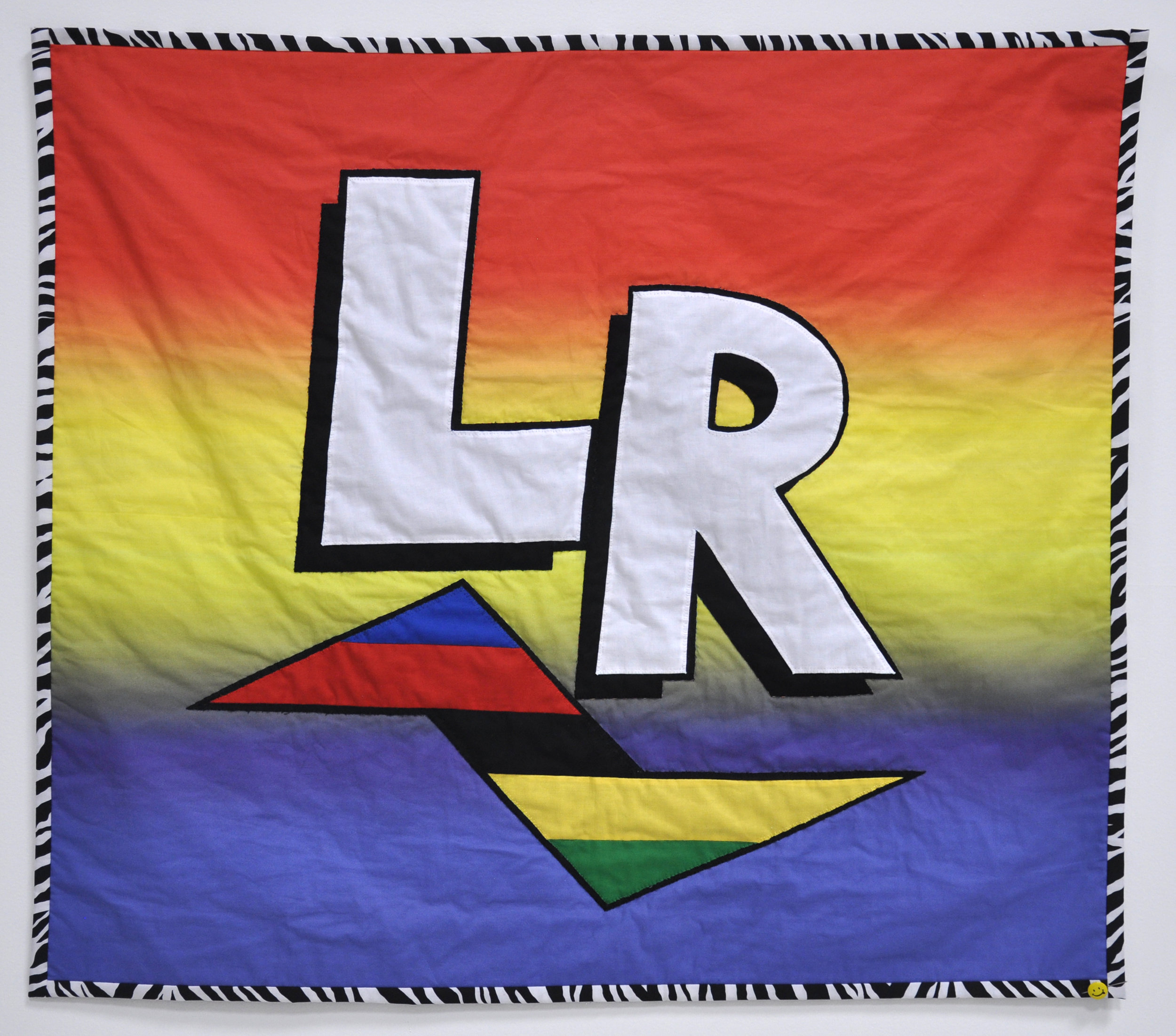Laura Rokas - La Course En Tete
Laura Rokas - La Course En Tete
Opening Reception: Saturday July 14th, 6-9 pm
Exhibition Dates: July 14th - August 11th, 2018
Laura Rokas, "Fist", oil on canvas, 48 x 46 in, 2018
Laura Rokas, "LR (World Champion)", Hand sewn quilt: cotton fabric, batting and thread, 35 x 40 in, 2018
Laura Rokas, "Never Satisfied", hand embroidery: cotton embroidery floss, felt, 8.5 x 11 in, 2018
Laura Rokas, "Laisse-moi Tranquille". hand woven tapestry, 16 x 20 in, 2017
Laura Rokas, A Lily for your Grave, Hand woven tapestry: cotton yarn, wood, 16 x 20 in, 2018
Laura Rokas, "Green Eyed Monster", hand woven tapestry: cotton yarn and thread, steel frame, 16 x 20 in, 2018
Laura Rokas, "I Never Cry", oil on canvas, 18 x 24 in, 2018
Laura Rokas, "La Course en Tete", oil on canvas, 26 x 48 in, 2018
Laura Rokas, "Broken and Alone", oil and acrylic on canvas, 30 x 40 in, 2018
Laura Rokas - La Course En Tete
Perhaps more than any other sport, cycling for the viewer is an aesthetic marvel–with aerial foot-age of winding teams bedecked in brightly colored jerseys, slowly beleaguering up some of the most majestic climbs on the planet. Yet on the ground level, the suffering endured by these athletes over the course of three weeks is unimaginable, and the victor is often simply the participant who is able to withstand the most pain. The unyielding climb with no end in sight, could also neatly describe most artists attempts at any level of success within the larger art world. Laura Rokas’ exhibition “La Course En Tête” which translates to “race on the mind”, is a reference to the 1974 documentary surrounding the great cyclist Eddy Merckx and also relates to the concept of forcing the pace of a race by sitting in the lead. The exhibition makes use of the iconography and deep history of cycling’s premier race: The Tour De France, to explore a litany of topics, from competition within the art world or any male- dominated field for that matter, to gendered forms of making and the artist’s relationship with herself. Amidst velvety oil paintings, vibrant weavings and embroideries, prop-like narrative sculptures and expansive wall murals–Rokas both touches on the bucolic settings that envelop the Tour De France, as well as the savagery that plays out between competitors and oneself.
In the center of the space, two planes of an angled wall carry a landscape comprised of verdant roll- ing hills, much like those that form the idyllic Tour backdrop. Yet opposing this idealistic background, are a variety of works depicting a similar protagonist, replete with flowing jet black hair, blood red nails with points like daggers and glaring eyes that dart about–Rokas’ recurring protagonist functions somewhere between fiction and the artist’s direct avatar. This self-reflexive actor within Laura’s works enlarges various moments in the artist’s life, focusing on both moments of pain and pleasure–reduc- ing them to graphic images and imbuing them with an operatic gravitas. A closer inspection of the art- ist’s paintings in particular reveal one of the Rokas’ unique methods, creating cardboard models that become primary source materials used within the artist’s highly crafted oil paintings and even realized within Rokas’ ceramic works, an oddly quirky contrast that leaves more questions than answers.
There’s an idealistic equality suggested through Rokas’ usage of a vast language of materials and their juxtaposition, placing oil paintings next to embroideries and weavings next to ceramics. The hierarchies and histories of materials become flattened in a way that denigrating concepts of “craft” and “women’s work” seem to become almost irrelevant, especially given the artworld’s proclivities towards textile and ceramic these days. However the artist’s references to the male-only Tour De France jar loose any discussions surrounding gender disparities and exclusion unavoidably bringing them to the surface. The realities of any professional women’s sports league become an instant as- sociation, with the female equivalent to the Tour–The Route De France Fémenine being cancelled for the second year in a row due to hosting issues, or the huge discrepancies in pay rate for star WNBA and NBA players at roughly $100,000 and $40,000,000 respectively. For as much as the professional sports arena seems to be the hotbed for political action and discussion surrounding a litany or worthy subjects, the glaring inequalities experienced by women athletes are hard to ignore, and make an easy parallel to many of the same inequalities experienced by women in the art world. Yet despite these glaring issues which Rokas’ exhibition raises, La Course En Tête presents itself as an egalitar- ian space focused on the pursuits of Rokas’ dark-haired avatar, yet presenting an open podium in the center of space–inviting the crowning of any individual willing to climb to its top.










